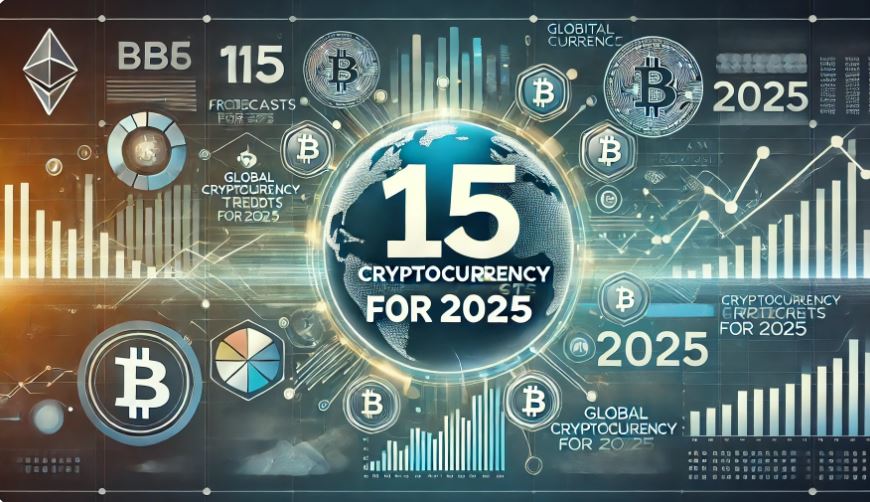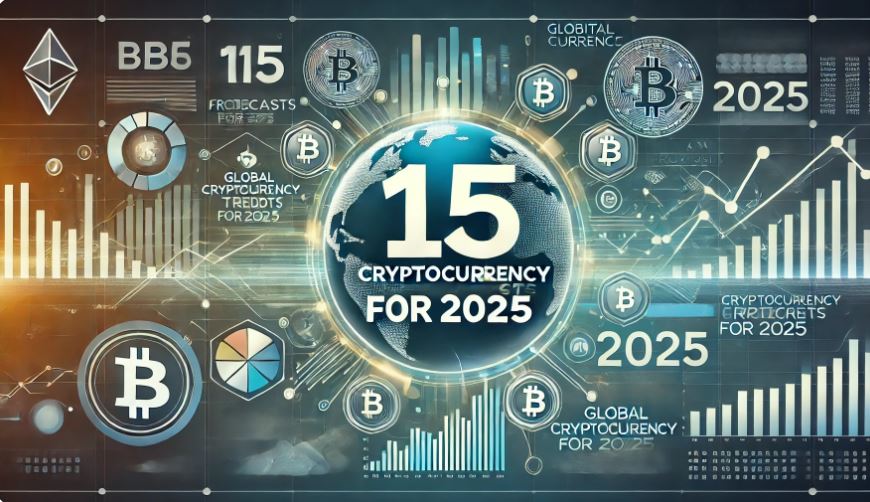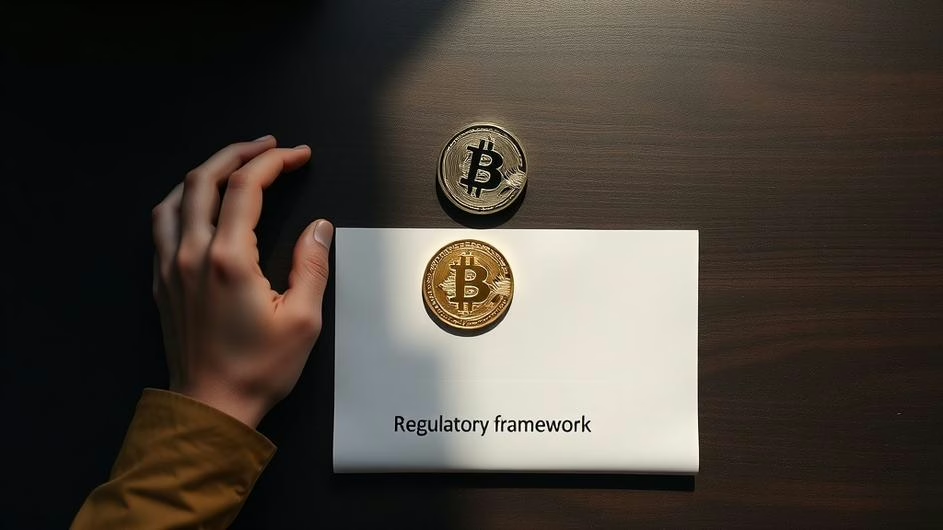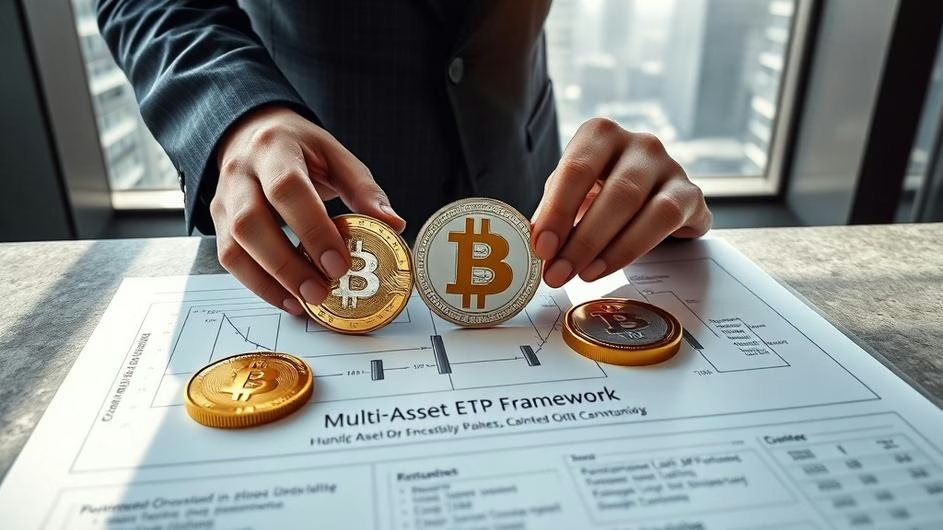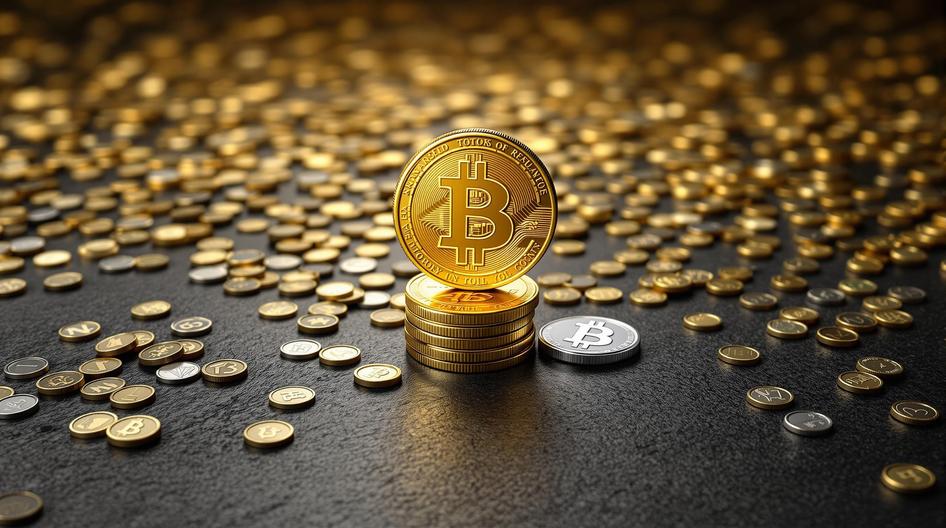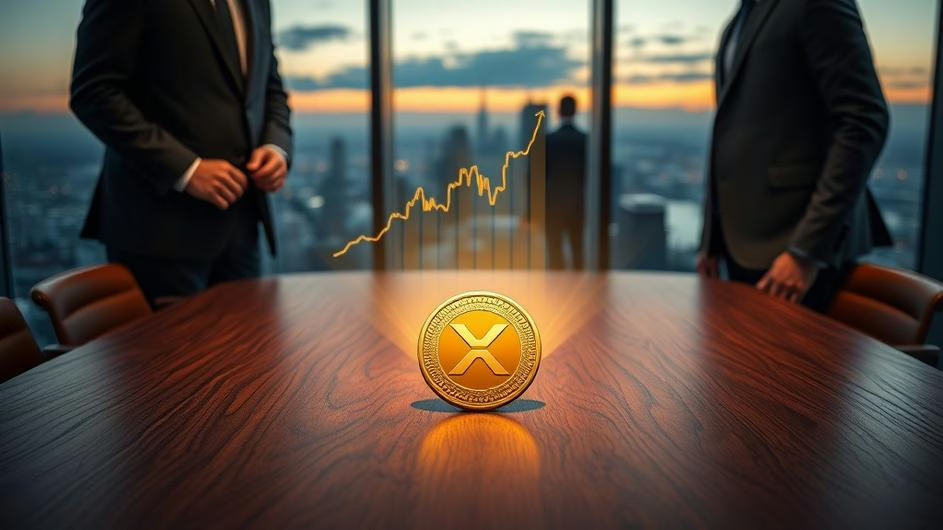
Ripple, Regulation, and the Rise of Crypto: How XRP and Institutional Moves Are Shaping the 2025 Blockchain Landscape
Crypto’s 2025 story isn’t just about price pumps or tech upgrades anymore. We’re watching institutional money pour in, regulatory frameworks take shape, and AI reshape how we think about blockchain security. The most compelling chapter? XRP’s transformation from regulatory pariah to potential ETF darling, alongside broader shifts that could redefine how traditional finance views digital assets.
XRP’s ETF Dreams and Wild Price Targets
Let’s talk numbers. XRP has gone from courtroom drama to Wall Street whispers, and the speculation is getting serious. AI-powered forecasting models are throwing around some eye-popping targets. If an XRP spot ETF gets the green light and Ripple somehow lands a U.S. bank charter, we’re looking at potential rallies toward $10, maybe even $20 by year’s end.
Sounds crazy? Maybe. But here’s what’s backing these predictions: Polymarket data shows a 91% chance of ETF approval happening this year. That’s not just hopium, that’s institutional money preparing for what could be $5 to $8 billion in fresh inflows. For context, that kind of capital injection would fundamentally reshape XRP’s market dynamics.
What makes this different from typical crypto hype is Ripple’s focus on real utility. They’re not just building another DeFi token for speculation. The company’s pushing hard on stablecoin integration and expanding partnerships that position XRP as infrastructure for cross-border payments and corporate treasury management. That’s the kind of use case that gets traditional finance excited.
Follow the Money: Ripple’s Strategic Moves
Actions speak louder than roadmaps, and Ripple’s recent wallet movements tell an interesting story. The company just moved 250 million XRP from its reserves, while simultaneously receiving 300 million XRP from an unknown wallet. These aren’t random transactions, they’re strategic positioning moves that suggest serious preparation for regulatory and market shifts.
For traders watching these movements, they signal something important: Ripple’s treating its XRP holdings like a sophisticated corporate treasury, not just a speculative asset. If ETF approval materializes, companies like VivoPower are already exploring ways to use XRP as a yield-generating treasury asset. That could push prices into the $5 to $6 range even before we see the bigger institutional waves.
But here’s the thing that matters for everyday crypto users: this isn’t just about price appreciation. As institutional adoption grows, we’re likely to see more regulated, secure ways to interact with XRP. That means better wallet integrations, clearer tax frameworks, and potentially lower transaction costs for cross-border transfers.
The Thumzup Factor: Crypto Treasuries Go Mainstream
Here’s where things get politically interesting. Thumzup Media, with its Trump connections, just raised $50 million and announced plans that include Dogecoin mining and a diversified crypto treasury featuring XRP. This isn’t just another corporate crypto strategy, it’s a signal that businesses are moving beyond the Bitcoin-Ethereum duopoly.
What does this mean for crypto holders? Companies are finally building resilient, multi-asset treasuries that treat different tokens according to their strengths. Bitcoin for store of value, Ethereum for DeFi interactions, XRP for payments infrastructure, and yes, even Dogecoin for community engagement and mining operations.
The ripple effect (pun intended) could be huge. Remember how Bitcoin and Ethereum ETFs unlocked institutional interest? XRP could follow a similar trajectory, but with a focus on practical utility rather than just digital gold narratives. For developers building payment apps or anyone dealing with international transfers, this institutional backing could translate to better infrastructure and lower friction.

The AI Security Reality Check
Not everything’s rosy in crypto land. Coinbase recently dealt with a nasty security scare when an AI-powered coding tool exposed firms to self-spreading malware. This highlights a critical tension in our industry: AI promises to revolutionize trading algorithms, smart contract auditing, and market analysis, but it’s also creating new attack vectors.
For crypto users, this is a wake-up call about wallet security and exchange choice. As exchanges integrate more AI tools to stay competitive, they need to balance innovation with the fundamentals of cybersecurity. The last thing this maturing market needs is a major security breach tied to rushed AI implementation.
This also matters for policymakers who are watching crypto’s institutional adoption. Every security incident gives ammunition to those arguing for stricter regulations, potentially slowing the very ETF approvals and bank charters that could legitimize the space.
Traditional Finance Plays Favorites
Speaking of institutional legitimacy, check out this contrast: Robinhood’s shares jumped 150% this year and landed a spot in the S&P 500, while MicroStrategy’s successor “Strategy” got snubbed despite meeting the market cap requirements. The S&P 500 decision shows how traditional finance views crypto integration.
Robinhood wins because it bridges traditional stock trading with crypto access, making it palatable to mainstream investors. Strategy gets rejected despite its Bitcoin treasury strategy because it’s seen as too crypto-native. This tells us something important about how institutions prefer their crypto exposure: wrapped in familiar interfaces and balanced with traditional assets.
For retail investors, this creates opportunities. Companies that successfully straddle both worlds, offering integrated crypto and traditional investment platforms, are getting rewarded by both markets and indices.
What’s Next for Crypto Infrastructure?
Looking ahead, we’re not just waiting for regulatory decisions anymore. Industry players are actively shaping those discussions while building the infrastructure that’ll support the next wave of adoption. XRP’s potential ETF approval is just one piece of a larger puzzle that includes AI-driven security improvements, multi-asset corporate treasuries, and the gradual blending of traditional and decentralized finance.
The smart money isn’t just betting on price movements. They’re positioning for a world where regulated ETFs coexist with DeFi protocols, where AI enhances security without creating new vulnerabilities, and where corporate treasuries include everything from Bitcoin to XRP to whatever comes next.
For anyone building in this space, whether you’re developing payment apps, trading algorithms, or just trying to understand where to park your crypto holdings, the message is clear: the walls between traditional finance and crypto are crumbling, but the winners will be those who can navigate both worlds with equal skill.
The foundations of Web3 aren’t just being built in code anymore. They’re being established in boardrooms, regulatory offices, and S&P committee meetings. Those paying attention to these institutional shifts, not just the latest DeFi yield farming opportunities, are likely to spot the next big opportunities before the crowd catches on.
Sources
- XRP News Today: Regulators and AI Both Signal XRP’s Potential $20 Leap in 2025, AInvest, September 5, 2025
- Ripple’s Recent XRP Transfers and Strategic Implications for Investors, AInvest, September 7, 2025
- Trump-Tied Thumzup Raises $50M, Merges Dogecoin Mining With XRP Plans, CryptoRank, September 6, 2025
- AI Coding Tool Used by Coinbase Exposes Firms to Self-Spreading Malware, Cryptonews, September 6, 2025
- Robinhood Soars on S&P 500 Inclusion as Strategy Gets Snubbed, Cryptonews, September 6, 2025


